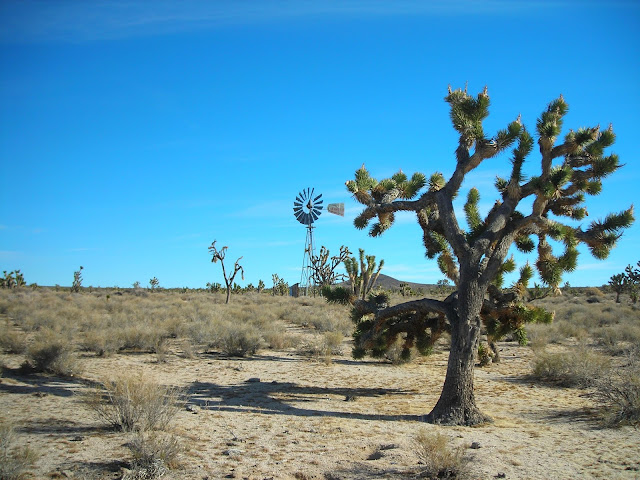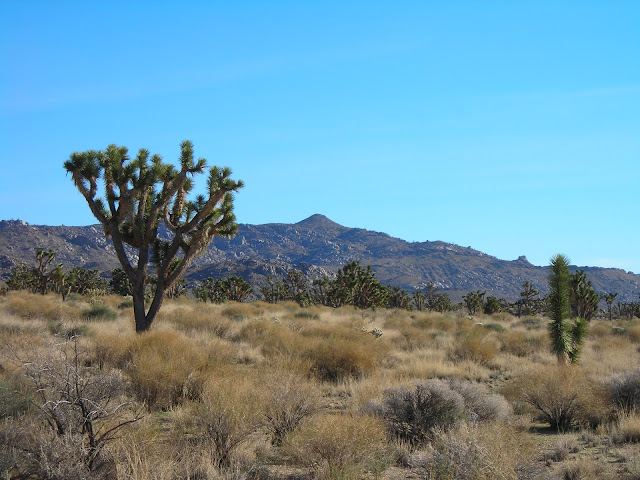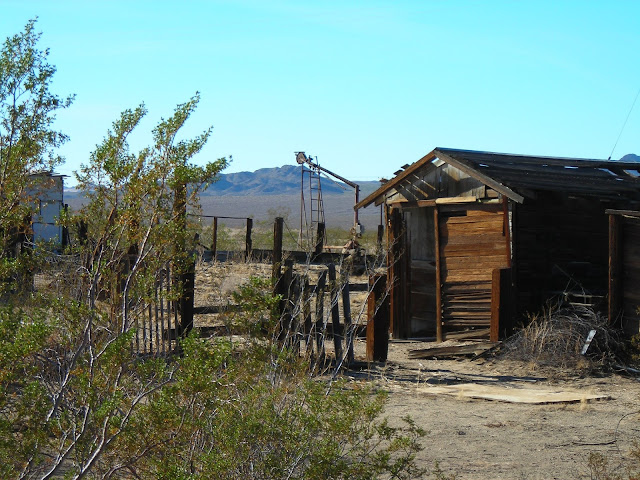The Dome Fire in the Mojave National Preserve destroyed about a quarter of one of the world’s largest Joshua Tree forests.
It’s a place I know well.
During a year when fire is tearing through so much of the western United States, destroying entire towns and killing people, the Dome Fire in the MNP last month probably didn’t spend much time on most people’s news radar.
For those of us with a personal connection to this part of the Mojave, the news of the fire has been heartbreaking in a very specific way. Desert rats understand that the desert is not adapted to fire. We know that the invasive grass species that have permeated our deserts act like tinder, allowing fire to spread and grow into conflagrations that can permanently alter the landscape. Native plants are destroyed and invasive species can easily take over.
This is such a large topic that I’ve spent the last month reading articles about fire in the desert, delving into academic studies and news articles, including accounts of the Hackberry Fire of 2005, which took out over 70,000 acres in the MNP. I’m mildly obsessed at this point, especially knowing that many non-desert dwellers consider the desert to be full of nothing but dirt and rocks, a terrible misconception that leads the uninformed to think of the desert as empty.
One of the first articles I wrote as a travel writer was about the Mojave National Preserve. I can still remember the excitement of leaving the pavement and turning onto a dirt road I hadn’t previously explored, Joshua trees everywhere, the wide-open desert stretching out in every direction. I15 was a far-off ribbon of movement in an otherwise vast wilderness.
In 2008, my family spent Thanksgiving vacation wandering around the Mojave, through the MNP, Afton Canyon, and Joshua Tree National Park. Winter is the best time to visit the desert. In the MNP, we found an abandoned mine, windmills, old corrals, and miles of desert filled with Joshua trees, cacti, lava fields, sand dunes, and desert shrubs.
Deserts are fragile, contrary to their dirt-and-rocks image, and are full of life. As one article I recently read pointed out, even the soil is alive in the desert.
The desert is an easily misunderstood place. It’s harsh and dry and prone to extreme temperatures. Both the plants and the animals can be prickly and unfriendly. Fire may not seem like a big deal in such a place, but I’m here to tell you that’s simply not true.
All photos by Terrisa Meeks






No comments:
Post a Comment